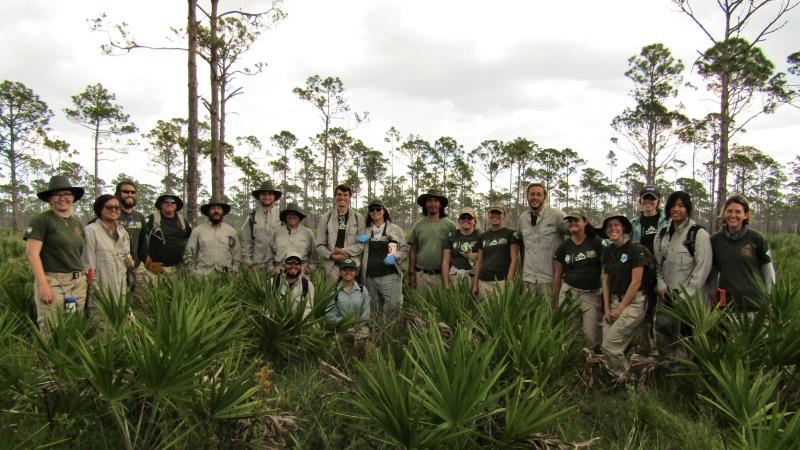Saving the Jumping Cactus at Long Key

A visit to Long Key State Park in the Florida Keys often means kayaking through the mangrove tunnels and hiking the nature trails.
What few people know is that the park is also home to a rare cactus barren. For some, it’s a surprise that cacti can thrive in this humid, tropical paradise.
An ecological community that supports a variety of plants and wildlife, the Keys cactus barren occurs in scattered patches along a few of the shorelines in the Florida Keys. A cactus barren is located on the bayside of Long Key State Park and is one of the few locations where the jumping cactus (Opuntia triacantha) survives.
The jumping cactus is a rare plant that occurs only in the Florida Keys. It’s in the same genus as a prickly pear, grows to about 5.5 inches tall and has long spines. As expected, the population of these plants changes between the rainy months of summer and the drier months of winter.
An effort is underway to restore the cactus barren to protect its imperiled plants.
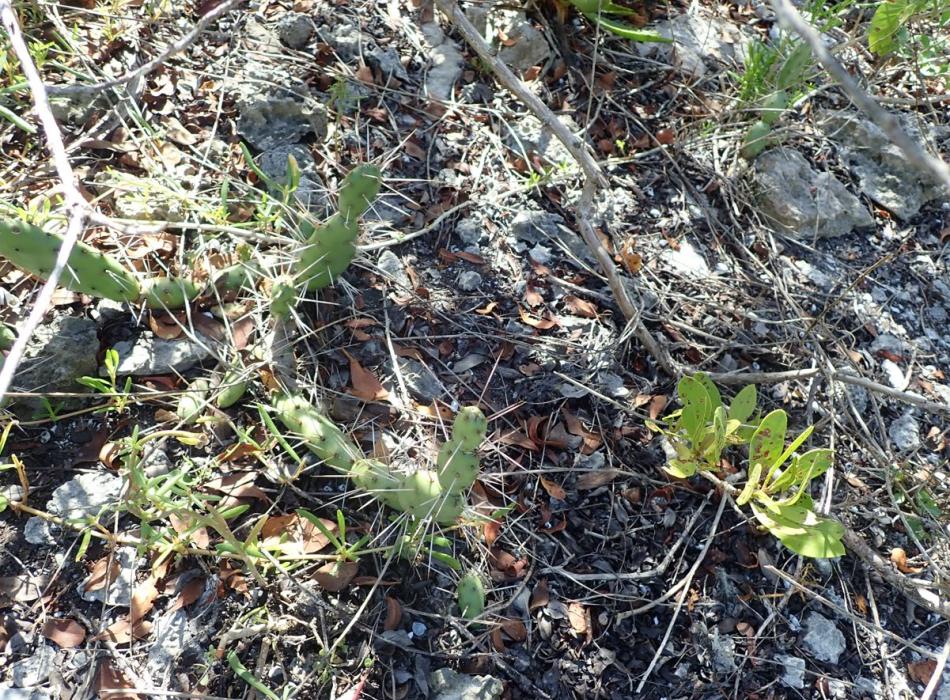
More Plants in the Cactus Barren
The 5-acre cactus barren is also home to the endemic Florida Keys indigo (Indigofera mucronata var. keyensis), the imperiled Cape Sable thoroughwort (Chromolaena frustrata), the imperiled wild cotton (Gossypium hirsutum) and the imperiled sky blue morning glory (Jacquemontia pentanthos), as well as uncommon species such as yellow hibiscus (Cienfuegosia yucatanensis) and creeping morning glory (Evolvulus convolvuloides).
Wildlife Habitat
This barren provides important habitat for several native and rare plant species, and it also supports a variety of wildlife, including migratory and wading birds, butterflies, spiders and pollinating insects.
Since the construction of the Overseas Railroad in the early 1900s, the flow of water in this area has changed. As a result, some native hardwood trees have started growing in the cactus barren, crowding out the cactus and other plants that typically grow there.
Park rangers and contractors are working to remove the hardwood trees. These species include buttonwood (Conocarpus erectus), cat’s claw (Pithecellobium unguis cati), white indigo berry (Randia aculeata), limber caper (Cynophalla flexuosa), Christmas berry (Lycium carolinianum), gumbo limbo (Bursera simaruba), blackbead (Pithecellobium keyense) and saffron plum (Sideroxylon celastrinum).
Care for Imperiled Species
During the restoration, care is taken to protect the jumping cactus and other sensitive plant species. This restoration will improve the abundance and distribution of the flora associated with this habitat, and specifically will enhance the protection of the imperiled species. This restoration will enable the rare species and the other herbaceous Keys cactus barren species to thrive.
More Plants Found in the Cactus Barren
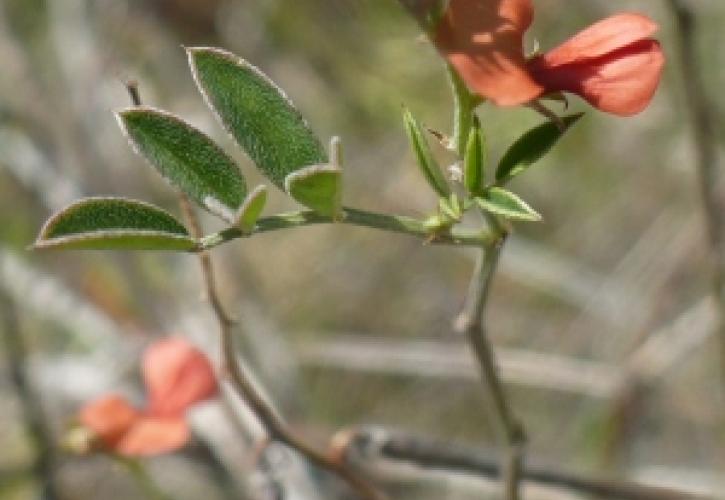
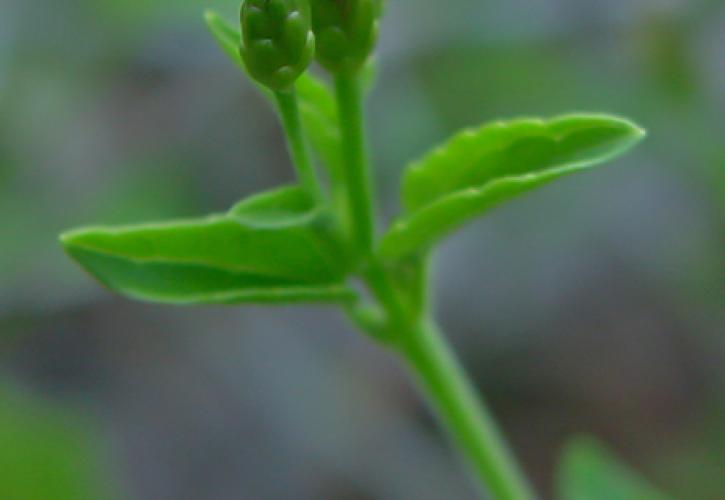
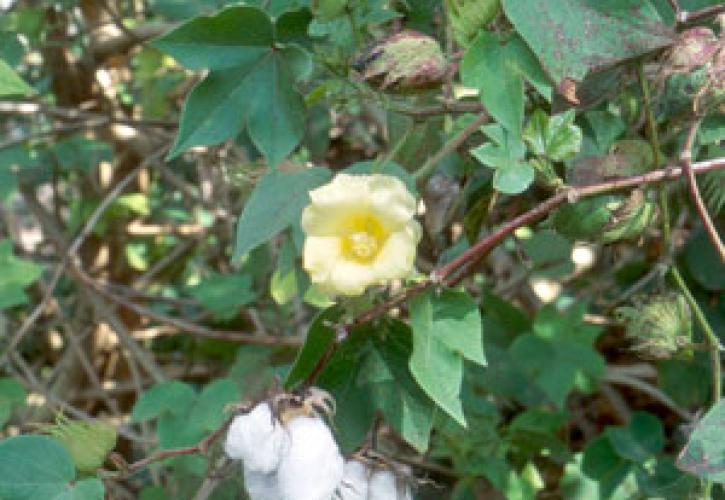
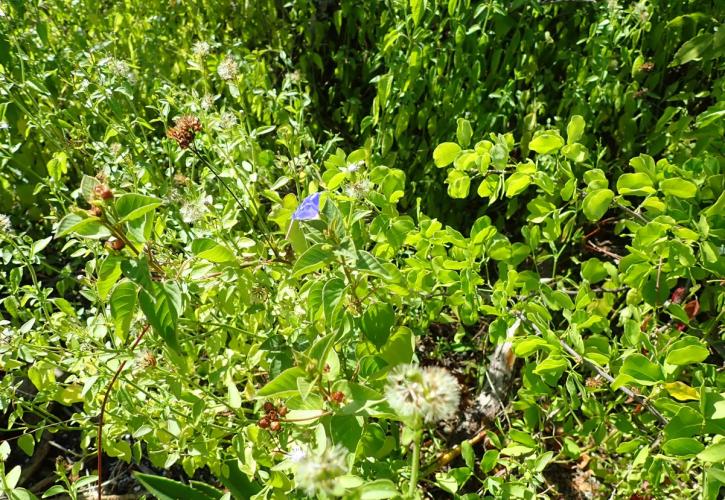


This article was published in the Real Florida ℠ Connection, the Florida State Parks e-newsletter. Sign-up to get updates and stories from your state parks the first week of every month.


